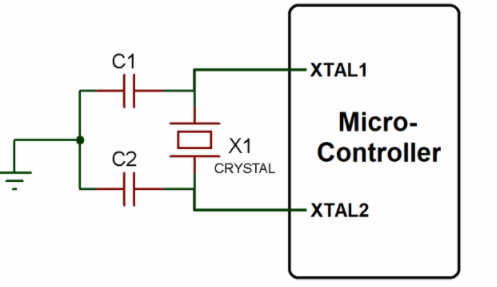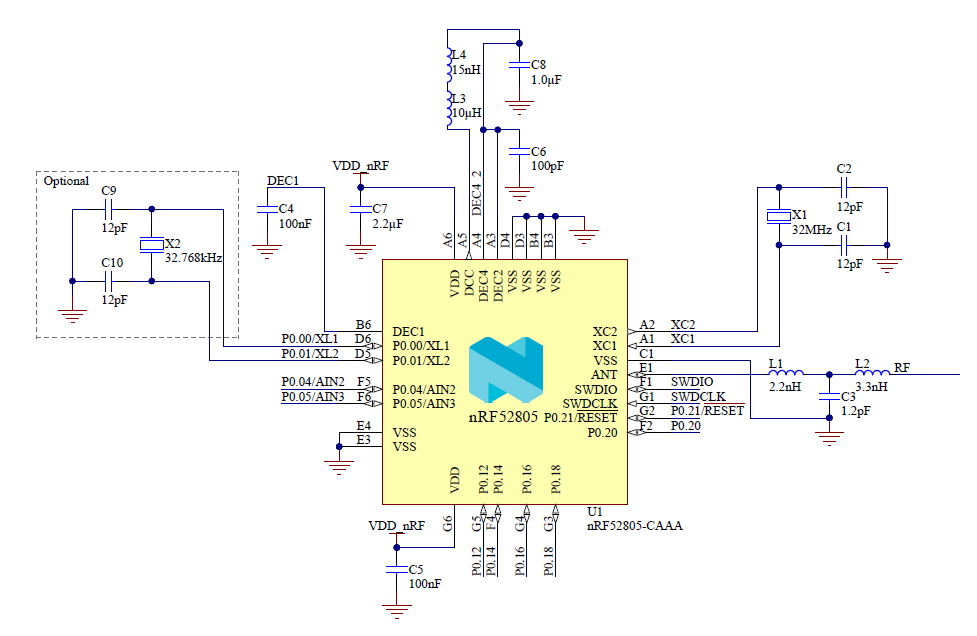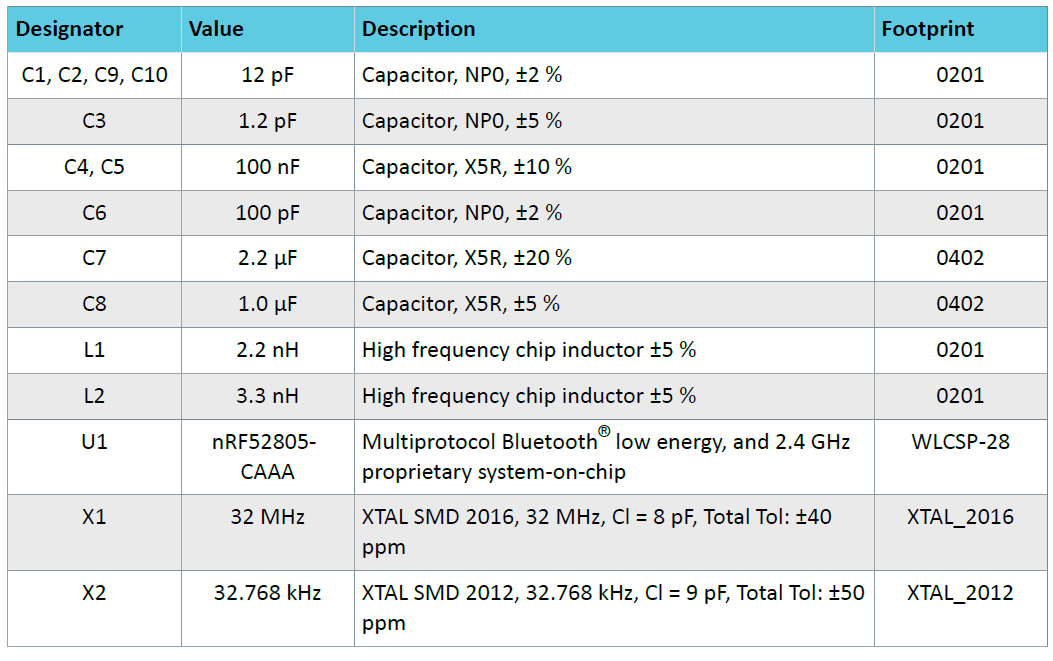
Temperature and Voltage Issues(温度变化及电压变化对无源晶振电路的影响)
The circuit should be tested over the entire temperature and voltage range in which it is expected to operate. Tests are especially important at the highest temperature and lowest supply voltage, which lead to minimum loop gain and could result in a slow or no start-up. It’s also important to test at the coldest temperature and highest supply voltage, which lead to maximum loop gain and could overdrive and damage the crystal, force it to oscillate at an overtone or harmonic, or cause it to stop working.

无源晶振电路应在所预期的整个温度和电压范围内进行测试。在最高温度和最低电源电压下进行测试尤为重要,因为这会导致最小的环路增益,并可能导致晶振启动缓慢或无法启动。在最冷的温度和最高的电源电压下进行测试也很重要,这会导致最大的环路增益,并可能导致过载和损坏晶体,如迫使其在泛音或谐波下振荡,或导致其停止工作。
If possible, testing under both low- and high-humidity conditions is also recommended. To minimize undesirable temperature effects, use capacitors with a low temperature coefficient, such as NP0 or COG types. Verify that all components are specified to work for the entire temperature and voltage range, especially the crystal.

如果可能,建议在低湿度和高湿度条件下进行晶振电路测试。为了尽量减少来自温度的不良影响,请使用具有低温度系数的电容器,例如NP0或COG类型。验证所有电子组件均可以在指定温度和电压范围内工作,尤其是晶体谐振器。




